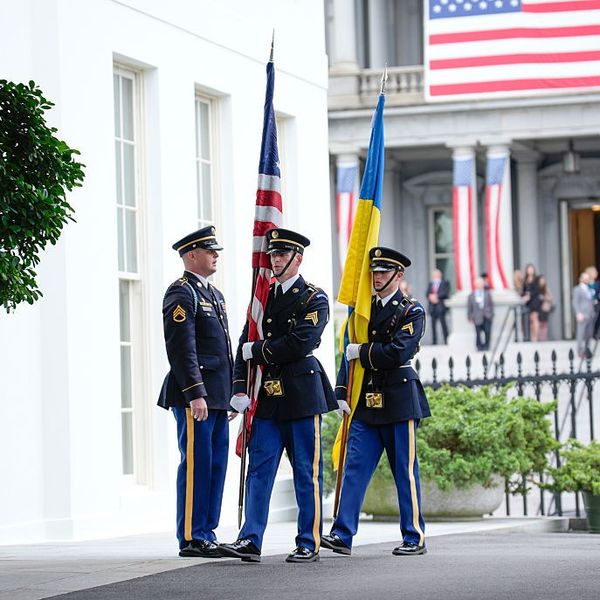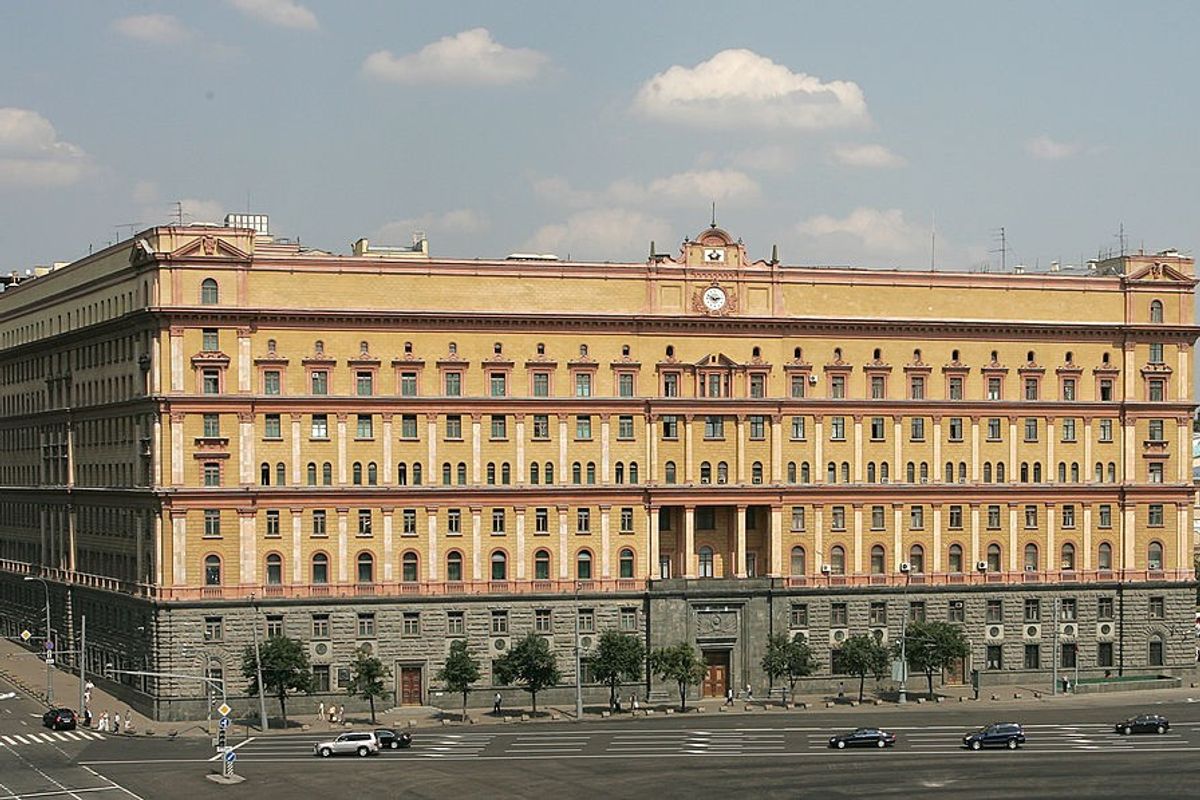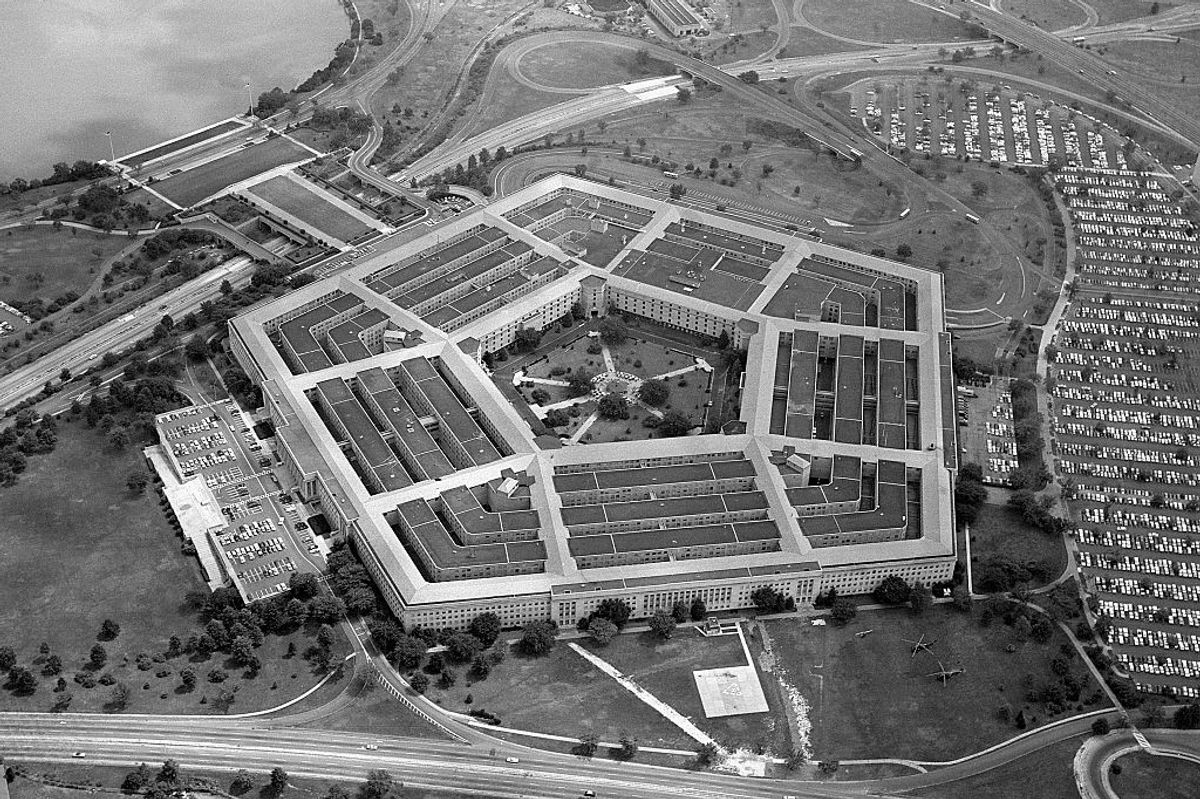OPINION — DeepSeek shocked the world with the release of its V3 and R1 models in December and January. The models appear highly capable – DeepSeek claims R1 outperforms OpenAI’s o1 reasoning model on multiple benchmarks. Their creator claims that it also cost them far less to develop these models than compute-intensive frontier models being developed by leading U.S. labs. DeepSeek achieved these efficiencies through a novel computing paradigm, marking a major milestone in the People’s Republic of China’s (PRC) ability to innovate in the AI space. DeepSeek’s ascendance shook political, economic, and financial circles. Within days, it became the most downloaded app in over 120 countries. It also called into question, briefly at least, the existing assumptions about the resources needed to develop advanced AI capabilities. And it proved that Chinese AI developers are more than capable of innovating, not just imitating.
DeepSeek’s feat is only a harbinger of what’s to come, as emerging technologies continue to develop at breakneck rates. Emerging dual-use technologies are blurring the boundaries between innovation and national security. In order to stay ahead of these trends, the U.S. Intelligence Community (IC) must deepen its focus on techno-economic intelligence, now more than ever. When the President asks what these tech developments mean for our security, competitiveness, and prosperity, the IC must be positioned to provide answers.
(Deep)Seeking Answers
It is difficult to know the extent of the IC’s awareness of DeepSeek’s capabilities prior to their public release of V3 and R1, since much of the IC’s work is classified. Reports that some employees within the Pentagon accessed the chatbot as early as fall of 2024 suggest at least some U.S. national security practitioners knew of their existence and capabilities early enough to want to see it for themselves. Nonetheless, senior U.S. policymakers from both the Biden and Trump administrations professed to have been surprised, as were many of the country’s leading AI developers, suggesting that the IC had not gone beyond initial research to provide a warning of what DeepSeek had accomplished and what this development might mean for U.S. national competitiveness.
Could we have been better prepared? With the benefit of 20/20 hindsight, we can see that the signs were there, if one knew where to look. As far back as 2023 – the year of DeepSeek’s founding – Chinese media was producing glowing profiles of the startup. These articles included detailed information about DeepSeek’s pursuit of AGI; its strategic location in Zhongguancun, often referred to as China’s Silicon Valley; and even its construction of a “massive” 1,950-square meter (21,000-square foot) office space. All of these facts might have tipped off close AI watchers that DeepSeek was a serious player in the space, rather than just a “side project” of its hedge fund owner, High Flyer. Indeed, some private sector AI watchers already had their eyes on DeepSeek. Organizations like SemiAnalysis had published multiple articles and observations about DeepSeek’s capabilities.
Some might argue that this still amounts to finding a needle in a haystack, given the size of the PRC’s tech industry. But even taking a step back from DeepSeek specifically, IC analysts could have found a place to start by following China’s AI policies. DeepSeek is headquartered in Hangzhou, a city that is home to some of the country’s most aggressive AI-promoting initiatives. This includes the nation’s largest "computing voucher" program, which offers up to ¥250,000,000 RMB (roughly $34.2 million) in reimbursements yearly for model developers to purchase compute. Hangzhou's emphasis on advancing AI makes it a key area of interest for technology and security developments. IC analysts closely tracking the PRC’s AI policies would know to keep a closer eye on companies emerging from the region.
The intersection of technology, defense, space and intelligence is critical to future U.S. national security. Join The Cipher Brief on June 5th and 6th in Austin, Texas for the NatSecEDGE conference. Find out how to get an invitation to this invite-only event at natsecedge.com
More Than Just AI
AI is far from the only consequential technology that is shaping the competition between the United States and China. Within just the past month, satellite imagery analysis revealed that China is building a laser fusion research facility larger than our own National Ignition Facility (NIF). Another Chinese facility also claimed to have broken its own record for maintaining a super-hot plasma loop for more than 1,000 seconds. Whichever nation is first to develop commercially-viable fusion technologies will have a significant head start on producing the massive amounts of electricity needed for future AI growth. These developments are especially concerning given the potential for fusion facilities to also be used in nuclear weapons design and testing.
In biotechnology, American companies are increasingly turning to Chinese firms to license innovative therapeutics for the U.S. market. In a parallel to DeepSeek’s story, Chinese companies are often able to develop drugs faster and more cheaply, and the average consumer likely doesn’t care about the country of origin. But if U.S. biotech firms begin to outsource their R&D capabilities to the PRC, this could create a major strategic dependency when it comes to the health of our nation.
In the quantum field, Chinese companies have similarly claimed to make major technological breakthroughs in recent months that could narrow the gap between our quantum capabilities. And like fusion, quantum has clear applications in the national security space for encryption and decryption. All of these developments point to the need for the IC to position itself for a security environment shaped first and foremost by emerging technologies.
Organizing for Techno-Economic Intelligence
The emergence of DeepSeek underscores the urgent need for the U.S. IC to focus additional resources and attention on foreign technology developments, including those that do not have any direct impact on military capabilities. We have entered a key period of intense competition over which companies—and which nations—will develop, adapt, and scale the dominant technology platforms of the future. The Chinese Communist Party’s overarching goal is to transform the PRC into the leading global power, and its leaders view the country’s growing economic and technological might as a key source of leverage. Microelectronics, advanced networks, biotechnology, energy, and advanced manufacturing are all strategic technological battlegrounds on which America’s and China’s relative positional advantage are being decided, and along with it the future world order.
Despite the urgency of the threat, the preponderance of IC collection and analysis resources are still heavily focused on traditional national security threats rather than economic competitiveness issues. The Trump Administration’s incoming set of IC leaders should use this moment to retool the IC’s focus to better protect U.S. supply chains and intellectual property and to slow down our adversaries’ progress in some critical technologies such as AI. The IC took a positive step in the right direction when it created the Office of Economic Security and Emerging Technology within the Office of the Director of National Intelligence. Further bolstering this fledgling organization would be wise, perhaps by elevating it to become the Techno-Economic Intelligence Center and endowing it with additional authority to produce all-source analysis, devise collection strategies, and act as the IC’s interface with the private sector on emerging tech matters.
In addition, the IC should:
- Produce net assessments on key technology trends. To better understand the techno-economic threat landscape, the Director of National Intelligence (DNI) should task the National Intelligence Council (NIC) to regularly prepare over-the-horizon assessments of what new and emerging technologies will matter for future U.S. competitiveness and national security. These assessments should harness the insights and knowledge of the private sector, both domestic and in allied countries, and be briefed to Congress and the American people on an annual basis, alongside the Annual Threat Assessment.
- Prioritize intelligence collection on techno-economic collection issues. The NIC’s analysis should then be used as a framework for re-prioritizing intelligence collection, and the Central Intelligence Agency (CIA), National Security Agency (NSA), National Geospatial-Intelligence Agency (NGA), and the departments of Treasury and Commerce should be directed to allocate more resources to better target foreign techno-economic issues, particularly on China.
- Defend American supply chains and sources of technology advantage. IC agencies, at the direction of the President, should identify opportunities to prevent supply chain disruptions, intellectual property theft, predatory investing practices, and other unfair economic encroachments by the PRC and other adversaries. As part of these efforts, the IC should have expanded authorities to inform and advise U.S. companies about potential vulnerabilities and ways they can bolster their defenses against foreign intrusions and intellectual property theft. The intelligence components of the Federal Bureau of Investigation, the Department of Homeland Security, and the Department of Commerce should be given clear direction to devote more attention to protecting the nation’s critical infrastructure and supply chains. Commerce, in particular, should augment its Office of Intelligence and require more of its Bureau of Industry and Security staff to hold security clearances so they can drive the intelligence requirements process.
Looking for a way to get ahead of the week in cyber and tech? Sign up for the Cyber Initiatives Group Sunday newsletter to quickly get up to speed on the biggest cyber and tech headlines and be ready for the week ahead. Sign up today.
A Culture Shift
To be successful, the IC must establish a new paradigm for how it interacts with the private sector, particularly here in the United States, but also in allied countries. The reason the IC needs a closer relationship with the private sector is simple: that is where technology innovation is happening. Intelligence experts need to be able to more freely tap into the knowledge and expertise of our companies and academic institutions, in order to keep abreast of what is happening at the cutting edge of research and to anticipate and understand the potential geostrategic and economic implications of future commercial or scientific breakthroughs. These channels of communication exist, but are not leveraged at scale and often are impeded by self-imposed and outdated security and bureaucratic constraints. Today, for example, our intelligence experts must clear onerous bureaucratic hurdles before reaching out directly to counterparts in U.S. industry, because the IC views such action as “foreign intelligence collection,” which is subject to rigorous scrutiny and review. While such strictures were perhaps justified when the relative worth of private sector outreach was low, that is no longer the case and they should be loosened.
The White House, senior policymakers, and Congress should demand that the IC more systematically leverage private sector expertise and use the insights gleaned to inform intelligence assessments on foreign technology. They can facilitate the effort by educating the public about the important role the IC plays in delivering analytic insight to U.S. leaders and by normalizing regular substantive exchanges—mostly unclassified—between the IC and the private sector.
The Cipher Brief is committed to publishing a range of perspectives on national security issues submitted by deeply experienced national security professionals.
Opinions expressed are those of the author and do not represent the views or opinions of The Cipher Brief.
Have a perspective to share based on your experience in the national security field? Send it to Editor@thecipherbrief.com for publication consideration.
Read more expert-driven national security insights, perspective and analysis in The Cipher Brief















